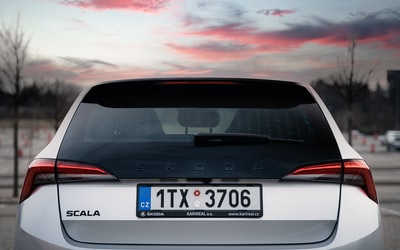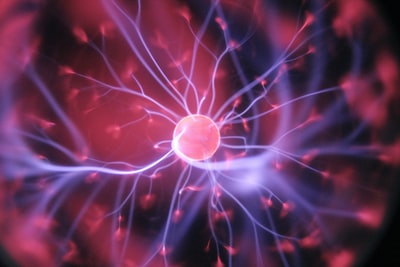Most Kids Hate Learning GCSE Energy Names
- The energy being transferred can be represented in an energy transfer diagram.
- Energy transfer diagrams only provide useful energy transfers. Sankey diagrams provide all energy transfers.
- Energy that is lost is known as wasted energy
- Energy can also be stored or dissipated but can never be either created or destroyed.
- How efficient a device is refers to the proportion of energy that’s transferred usefully.
- For a decimal efficiency: efficiency = useful energy out / total energy in
- For a percentage efficiency: (useful energy out / total energy in) x 100
- Energy saving light bulbs transfer more electrical energy into light energy than normal light bulbs.
E = P x t
- Electrical energy depends on the amount of power and how long it’s switched on for.
- total cost = number of units x cost per unit
- units (kWh) = power (kW) x time (h)
——————————————————
TEST IT!

a) What energy or energies do the following appliances emit:
– A toaster
– A hair dryer
– A car
b) What is meant by the efficiency of an appliance?
2. A television is supplied with 2000 J of electrical energy. It produces 1180 J of light energy, 800 J of thermal energy, and 20 J of sound energy.
a) What form of energy is the wasted energy?
b) What does this wasted energy do to the air surrounding the television?
c) Calculate the efficiency of the television.
– As a decimal.
– As a percentage.
3. Ford are designing a car with a high-efficiency engine. In the engine they’ve created for every 1000 J supplied to the energy 800 J is transformed into kinetic energy which moves the car, 5 J is wasted as sound energy, and the rest as thermal energy.
a) Sketch a Sankey diagram to illustrate how the energy is transformed in this engine.
b) What is the percentage efficiency of this engine?
4. A house hold uses 80 units per week in January. Per unit they have to pay 15p.
a) What is their total cost per week?
b) Why couldn’t you predict their yearly total cost from your answer?
——————————————————
ANSWERS
1. a) Toaster- Thermal
Hair dryer- Thermal, sound
A car- Kinetic, thermal, sound
b) The amount of electrical energy that’s used to produce useful energy.
2. a) Thermal energy
b) Heats it up
c) 1200 / 2000 = 0.6
(1200 / 2000) x 100 = 60%
3. a) –
b) (800 / 1000) x 100 = 80%
4. a) 80 x 0.15 = £12
b) It’s colder in January so they probably use more electricity than in the summer months.
 E = P x t
E = P x t